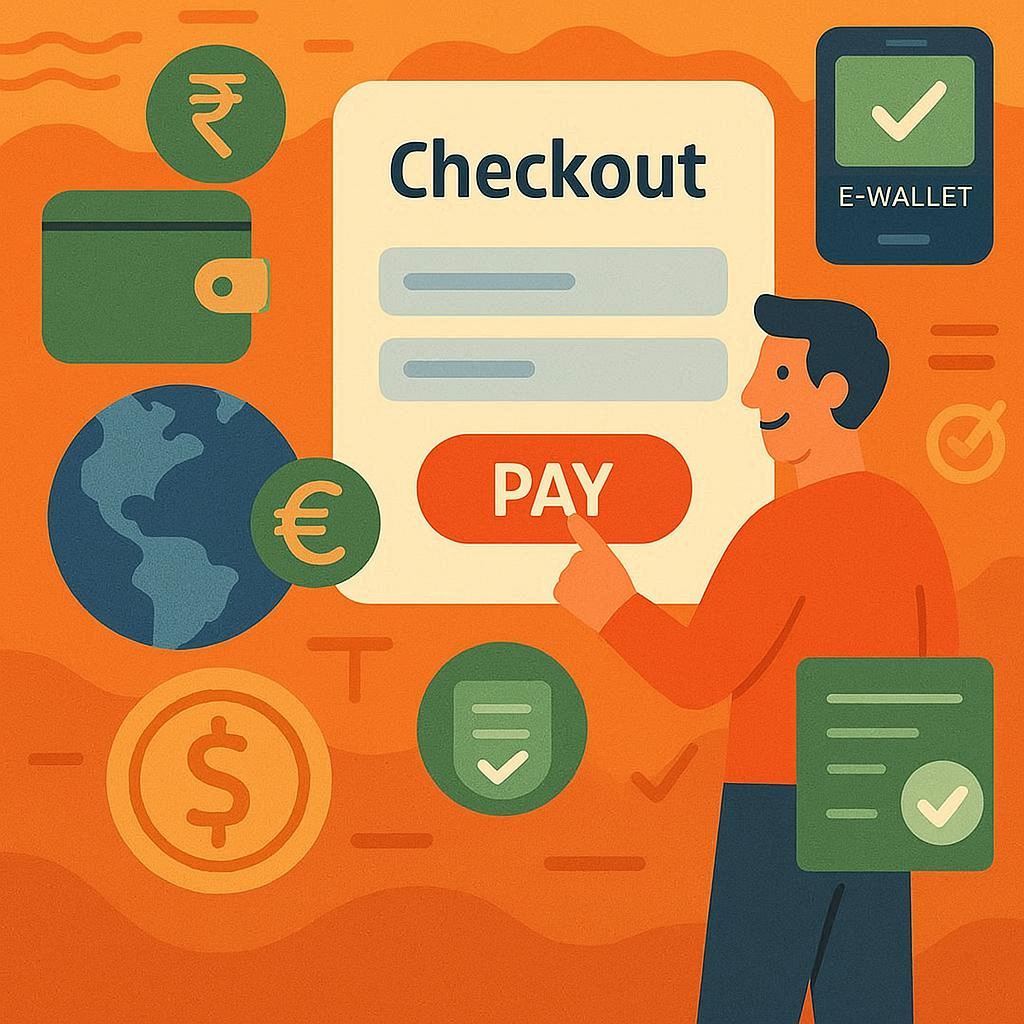When we talk about localization most people think of words, buttons and maybe a date format or two. But when it comes to global products nothing gets more personal – or more complicated – than money.
And here’s the kicker: payments don’t just translate, they localize.
Why payments need localization
Imagine you’ve built a sleek checkout flow. It works flawlessly in the U.S. Credit card, PayPal, maybe Apple Pay – done.
Then you launch in Germany and suddenly customers ask: “Where’s SEPA?”
In Brazil: “Can I pay with Boleto?”
In China: “Why no WeChat Pay?”
Global users expect familiar trusted methods of payment and if they don’t see them they bounce.
However, it’s not just about methods
Payments are wrapped in layers of cultural expectations:
- Currency formatting: $1,234.56 looks right in the U.S., but in France it’s 1 234,56 €. In Japan, it’s ¥1,235 with no decimals at all (notice the different spacing before or after the currency symbol).
- Rounding rules: Some markets like Switzerland round cash transactions to the nearest 0.05.
- Address formats: Billing forms can break if you assume “State” or “ZIP” works everywhere.
- Regulatory quirks: India for example requires additional security checks (3-D Secure).
Side note: Think of possible text expansion when converting currencies. For instance, 1,000 US dollars equals 151,157.50 yen – that’s a lot more digits on screen than you might expect.
Localization mistakes in payments
- Showing prices in the wrong currency: users abandon because they don’t want to guess the conversion
- Forcing U.S.-centric forms: asking for “State” in Ireland makes no sense
- Ignoring local wallets: not offering Alipay in China is like not offering credit cards in the U.S.
Real-world examples that make (or break) payment localization
It’s often the little details that trip companies up – the ones that seem harmless but instantly signal “not built for me” to international users. A few examples:
Currency symbols aren’t one-size-fits-all: Using $ might feel global, but it’s not. Many currencies like in Canada, Singapore, Australia and Latin American use the dollar sign – and they’re not interchangeable. Always pair the currency symbol with the country or use the ISO currency codes like CAD, SGD or CLP. You can also implement the full currency name to avoid confusion.
Placement matters: As already mentioned above, in the U.S. it is standard to put the symbol before the amount ($49.99). In Germany, it comes after (49,99 €) and there is a space added between the amount and symbol. Getting this wrong might not break your checkout, but it does chip away at user trust.
Adjust pricing to local expectations: A product priced at $29.99 in the U.S. might need to be significantly lower in Mexico or India to align with purchasing power. Simply converting the currency isn’t enough. Local pricing strategies are part of localization too.
Mind the formatting: Decimal and thousands separators change across markets – what’s “1,234.56” in the U.S. is “1 234,56” in France and often “1.234,56” in Germany. Mixing those up doesn’t just look sloppy – it can get pricey, too. Imagine quoting $1,350, only for someone in Mexico to read it as $1.35. Ouch.
Payment flow copy counts: A button labeled “Pay now” might work in English-speaking markets, but in Japan, users expect more polite phrasing, and in some markets, terms like “Confirm” or “Complete order” test better for conversions.
Consider local tax and rounding norms: Switzerland rounds cash transactions to the nearest 0.05 CHF and Japan often displays tax-inclusive pricing by default. If your pricing logic doesn’t match what users expect, they may hesitate before purchasing.
Local quirks can make or break trust: Every market has its own expectations around money, privacy and online behavior. Take Germany, for example. German users are famously cautious when it comes to entering payment details or personal data – and for good reason. Drop a chatbot into that process and it might raise more eyebrows than conversions. Chatbots that pop up during checkout or personal data entry can feel intrusive or even suspicious. Clear privacy notices, trusted local payment options like SEPA, PayPal or Klarna Pay Now, and visible security cues go a long way toward reassuring users that their data – and their euros – are safe.
Laws and regulations matter too: Some markets don’t just prefer certain formats – they require them. In Australia, for example, online stores must display the total price, including all unavoidable taxes and fees like GST. The Australian Competition and Consumer Commission (ACCC) also enforces strict rules against misleading currency displays. In fact, Airbnb was fined A$15 million in 2023 because its site showed some prices in US dollars without making it clear to Australian users – an expensive reminder that transparency isn’t optional.
Some of these details might sound small, but they’re powerful trust signals. When users see familiar formatting, pricing and payment behavior, they’re more likely to complete their transaction – and less likely to question whether your product was built with them in mind.
How to get it right
- Research local norms: Find out which payment methods are trusted and expected in each market
- Respect formatting: Currency, spacing and decimals matter for clarity and trust
- Simplify forms: Adapt address and billing fields to local standards
- Test with locals: What seems logical in one country can feel alien in another
Pro tip
Payment localization isn’t just a backend engineering task. It’s a trust signal. The moment a customer feels “this store doesn’t understand how we pay here” you’ve lost them. It is their hard earned money we are talking about!
So yes, payment localization is a thing – and it’s one of the most powerful ways to show users around the world that you built your product for them.

Leave a Reply